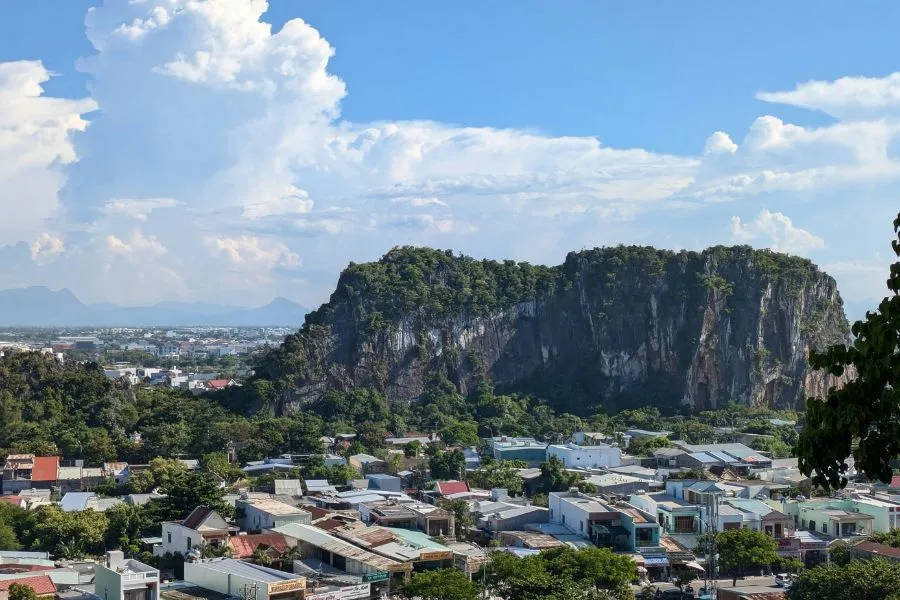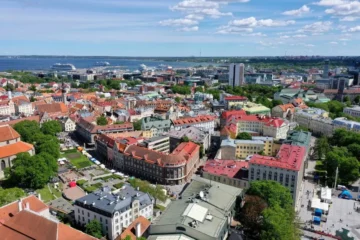Vietnam has become one of Asia’s fastest-growing economies, attracting skilled professionals from across the globe. Its blend of affordability, stability, and expanding industries from manufacturing to technology makes it an appealing destination for foreign workers. However, one common question remains: Can you turn a work visa into permanent residency in Vietnam?
In this guide, we examine how Vietnam’s work visa system operates, what the process of transitioning to long-term residence entails, and whether permanent residency is truly attainable for foreign professionals working there.
Key Takeaways
Overview of Vietnam’s Work Visa System
Vietnam’s work visa framework is primarily built around temporary employment authorizations. Foreign nationals who wish to work in Vietnam must first obtain a work permit, followed by a temporary residence card (TRC), which allows them to live and work legally in the country.
The most common work visa types include:
- LĐ1 and LĐ2 visas: For foreign employees with work permits or exemptions.
- DN visas: For business visitors conducting commercial activities without direct employment.
- DT visas: For investors or company owners.
Among these, the LĐ category is the key starting point for professionals seeking employment in Vietnam, and it often serves as the initial step toward long-term residency.
Take the Next Step Toward Living Permanently in Vietnam!
We connect you with trusted immigration experts who simplify the entire process — from paperwork to approval.
Eligibility for a Vietnam Work Visa
To qualify for a work visa in Vietnam, applicants must meet the following conditions:
- Have a job offer from a registered Vietnamese company.
- Be at least 18 years old and in good health for the job role.
- Hold relevant qualifications or professional experience, typically three to five years in the same field.
- Have no criminal record in either Vietnam or their home country.
- Possess valid documents, such as a passport, health certificate, and educational credentials verified by relevant authorities.
Also Read: How to Get Permanent Residency in the UK
Employers play a significant role in the process. They must prove that no suitable Vietnamese candidate could fill the position before sponsoring a foreign worker. In addition, the employer must apply for the work permit on the employee’s behalf through the Department of Labor, Invalids, and Social Affairs (DOLISA).
From Work Visa to Temporary Residence
Unlike many Western countries, Vietnam does not immediately offer a permanent residency pathway for foreign employees. Instead, work visa holders typically transition to a Temporary Residence Card (TRC), which is valid for one to two years (and renewable).
The TRC is effectively a long-term residence permit that allows visa-free entry and exit during its validity. It can be renewed multiple times as long as the individual continues to meet the employment or sponsorship criteria. For many expatriates, the TRC functions as a practical substitute for permanent residency, providing stability without the need for frequent visa renewals.
Over time, maintaining continuous residence through successive TRCs and legal employment can help establish eligibility for a Permanent Residence Card (PRC), though this status is highly restricted.
Pathway to Permanent Residency in Vietnam
Vietnam’s Permanent Residence Card is primarily designed for foreigners with strong ties to the country rather than short-term professionals. The legal framework for PR is outlined under the Law on Entry, Exit, Transit, and Residence of Foreigners.

The main categories eligible for permanent residency include:
- Foreigners who have made significant contributions to Vietnam’s development or security, as recognized by government authorities.
- Foreigners married to Vietnamese citizens, provided they have resided in the country continuously for at least three years.
- Foreigners who have lived in Vietnam for three or more consecutive years, maintaining a stable income and housing.
For most foreign workers on employment visas, the work visa itself does not automatically lead to PR. However, after several years of continuous residence and lawful employment, it is possible to apply, especially if one has established a long-term career, business, or family ties in the country.
Application Process and Required Documents
Foreigners applying for permanent residency in Vietnam must submit their application to the Ministry of Public Security (MPS), specifically the Immigration Department. The process is relatively strict and includes:
- Completed PR application form.
- Valid passport and temporary residence card.
- Proof of continuous residence (entry and exit records, TRC renewals).
- Proof of financial stability and income in Vietnam.
- Evidence of contribution or relationship (if married to a Vietnamese citizen or recognized contributor).
- Police clearance certificate from both Vietnam and the applicant’s home country.
- Confirmation of lawful housing in Vietnam.
Also Read: How Can You Get Selected for the 2025 IV Fellowship at TIFA?
Processing times can range from three to six months, depending on documentation quality and eligibility. Once approved, the Permanent Residence Card is valid for ten years and can be renewed indefinitely.
Typical Timeframes for PR Eligibility
Unlike structured systems such as those in Canada or Australia, Vietnam’s pathway to PR is not defined by a fixed timeline. For most foreign workers, it usually takes at least three to five years of lawful residence under a Temporary Residence Card before being considered for PR.
Applicants married to Vietnamese citizens can typically apply after three years of continuous residence. For others, eligibility depends heavily on the discretion of immigration authorities and the applicant’s contributions or long-term integration within Vietnam.
Common Challenges and Mistakes
Securing permanent residency in Vietnam is notably more complex than in many other countries. Common challenges include:
- Lack of clear criteria: The regulations leave much discretion to immigration officials.
- Limited eligibility for employees: Most work visa holders are not automatically eligible without special ties to Vietnam.
- Documentation issues: Incomplete proof of residence or insufficient financial evidence can lead to rejections.
- Failure to renew TRC on time: Lapses in residence continuity reset the eligibility timeline.

Therefore, while the process is technically possible, applicants should be prepared for a long, documentation-heavy journey. Those seeking a faster or more predictable route to PR often explore business investment visas or marriage-based residency options.
Benefits of Obtaining Permanent Residency in Vietnam
Holding permanent residency in Vietnam offers substantial benefits. PR holders can:
- Reside in Vietnam indefinitely without renewing visas or residence cards.
- Work or conduct business freely without the need for a separate work permit.
- Own property and register vehicles under their own names.
- Sponsor close family members for long-term residence.
- Enjoy easier travel and re-entry privileges compared to regular visa holders.
These advantages provide stability and integration, especially for foreigners who see Vietnam as a long-term home.
Is the Work Visa to PR Pathway Practical?
For most professionals, the work visa to permanent residency pathway in Vietnam is limited and highly conditional. The system favors temporary residence cards over permanent ones, making indefinite renewal the most practical solution for long-term workers.
However, if an individual maintains continuous residence, contributes economically, and builds deep connections through family, business, or community involvement, the chances of obtaining PR increase. In short, the path is possible, but not automatic or guaranteed.
Vietnam remains an attractive destination for skilled migrants, but it rewards long-term commitment and integration more than simple work tenure.





